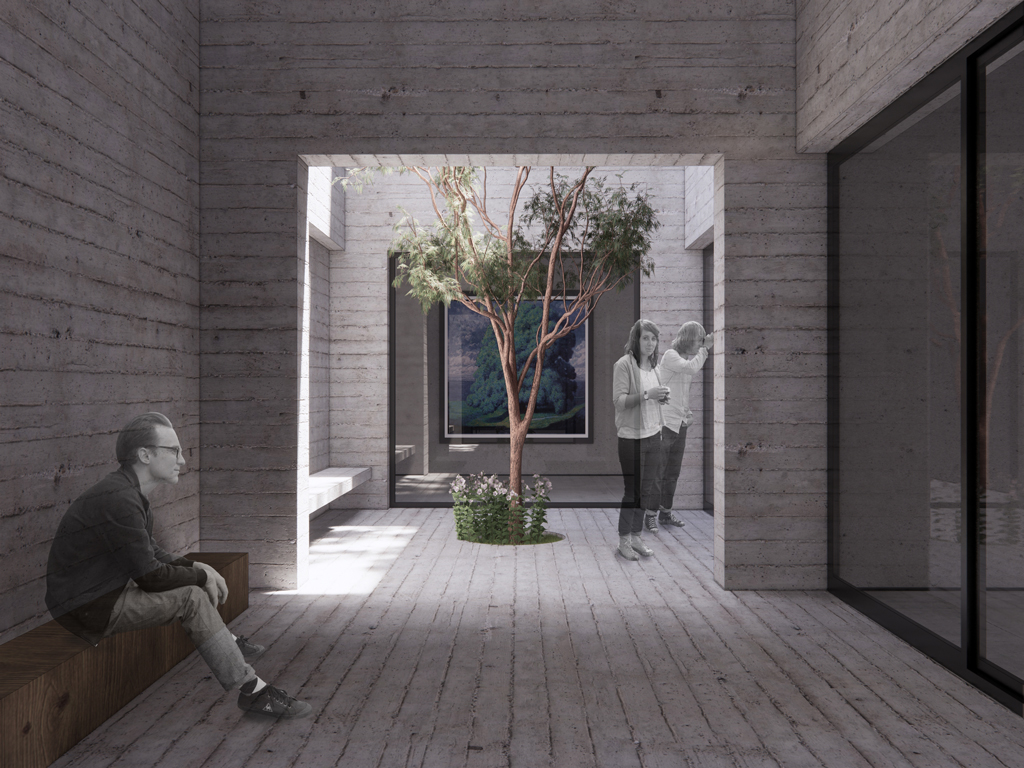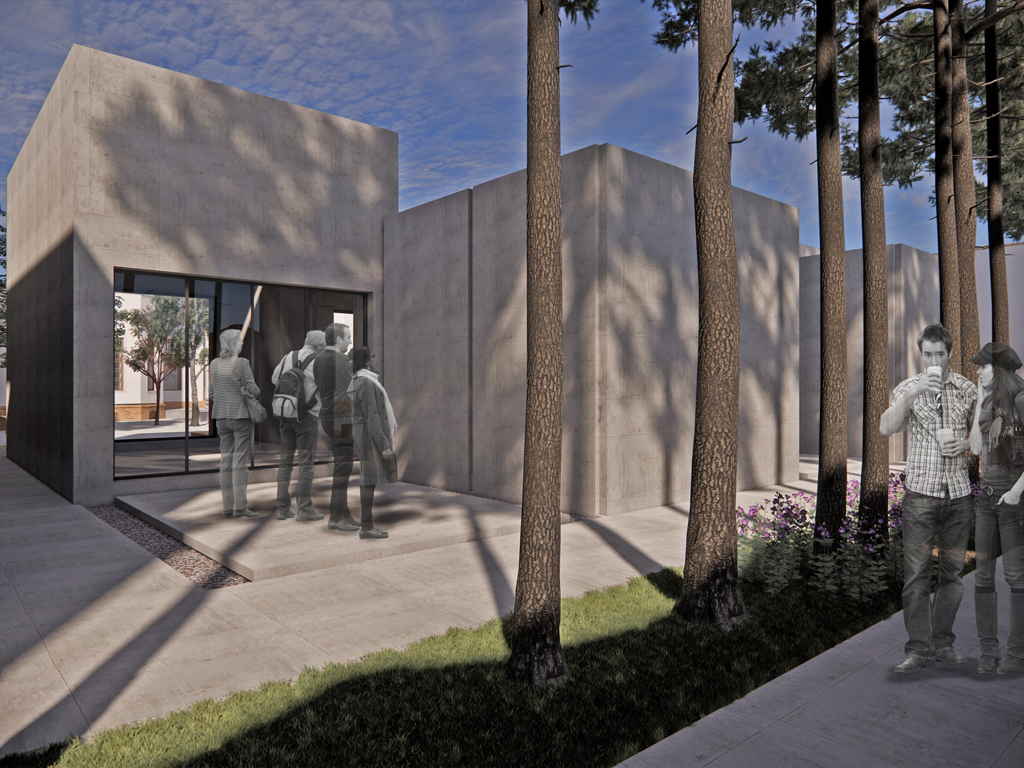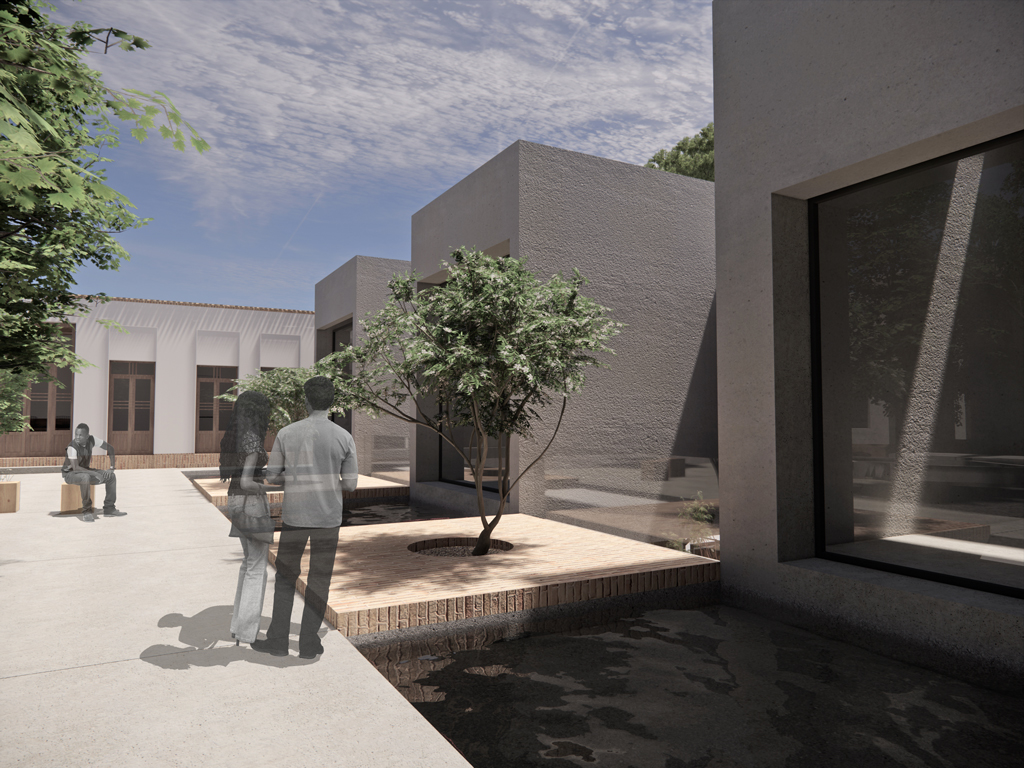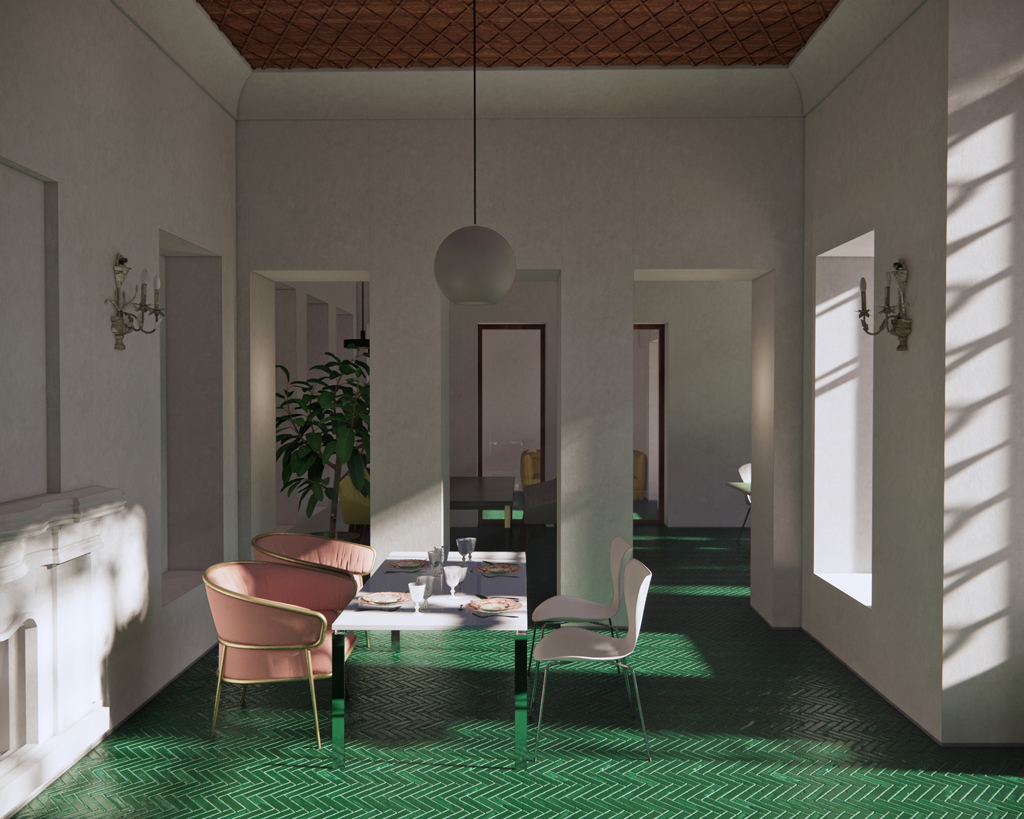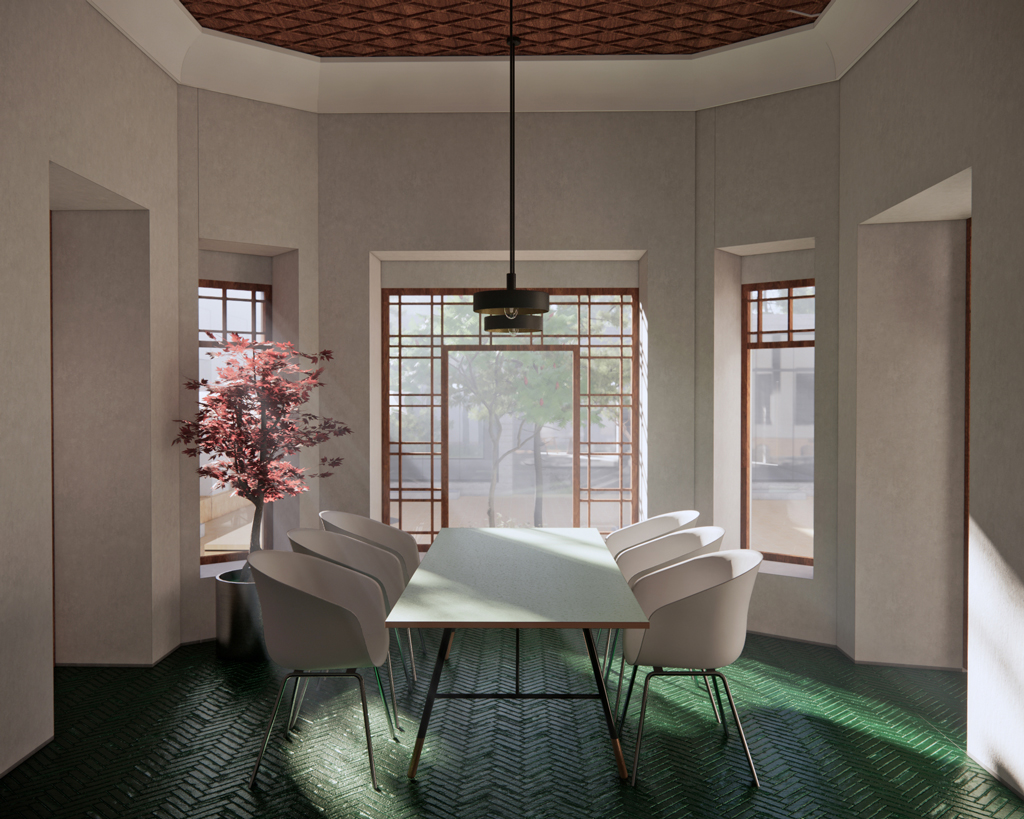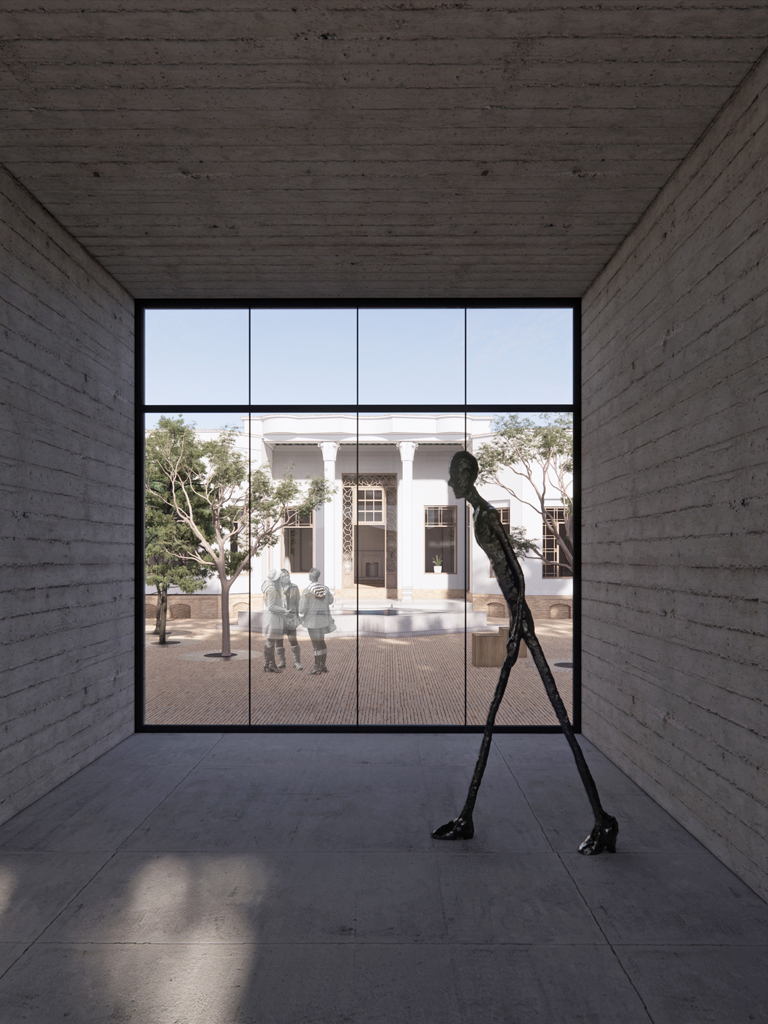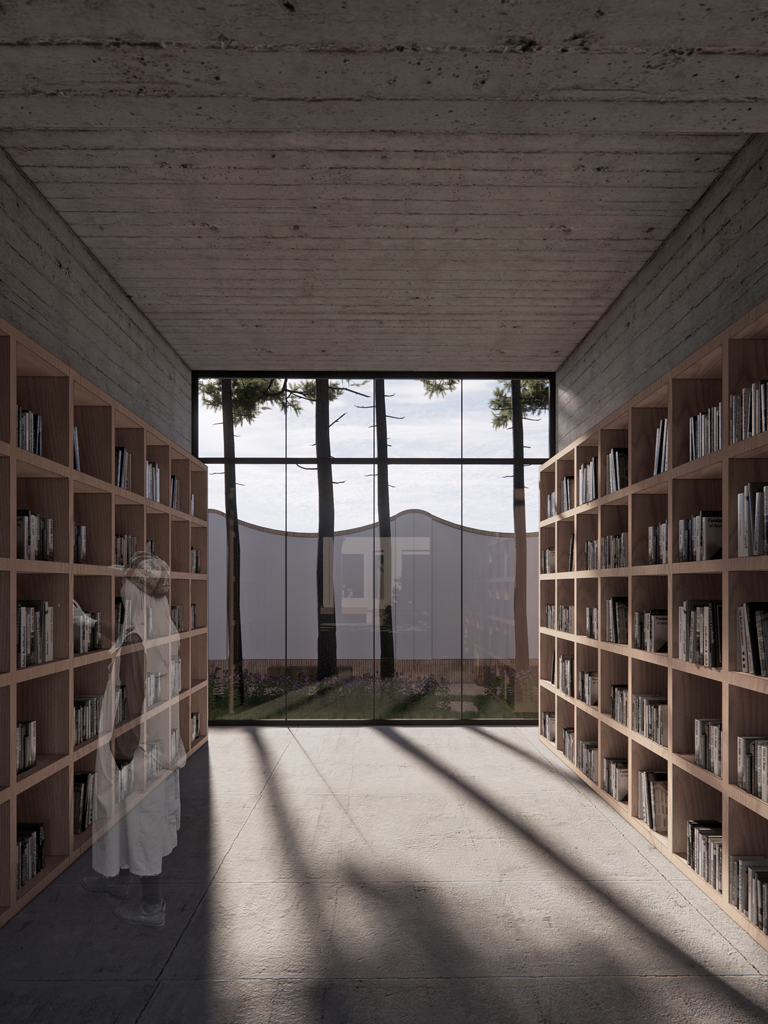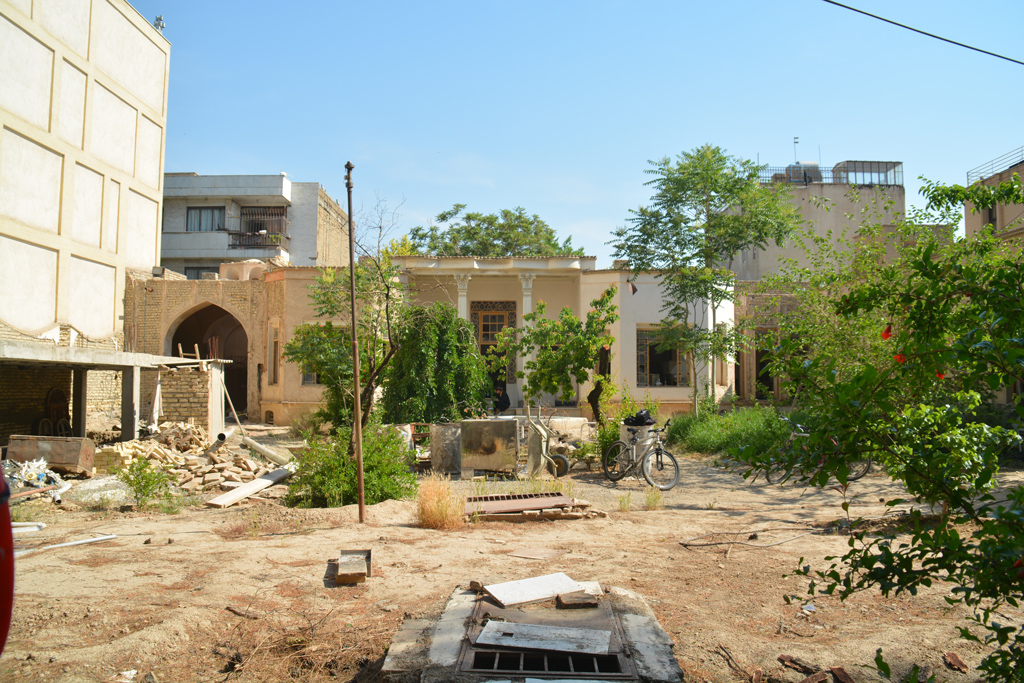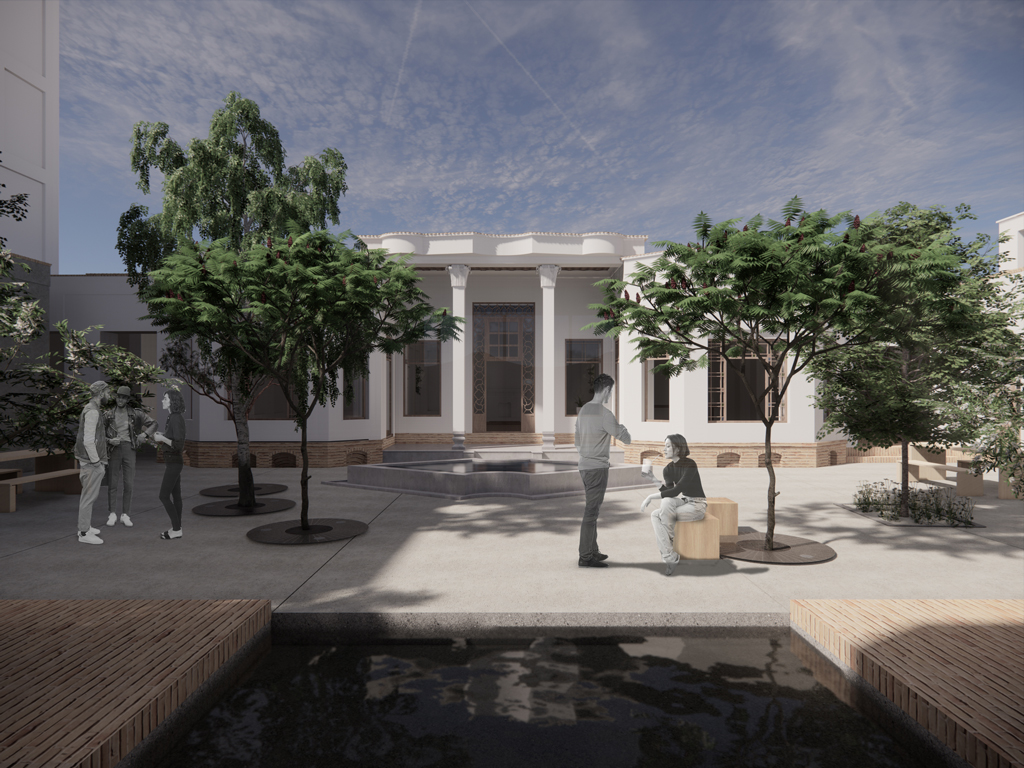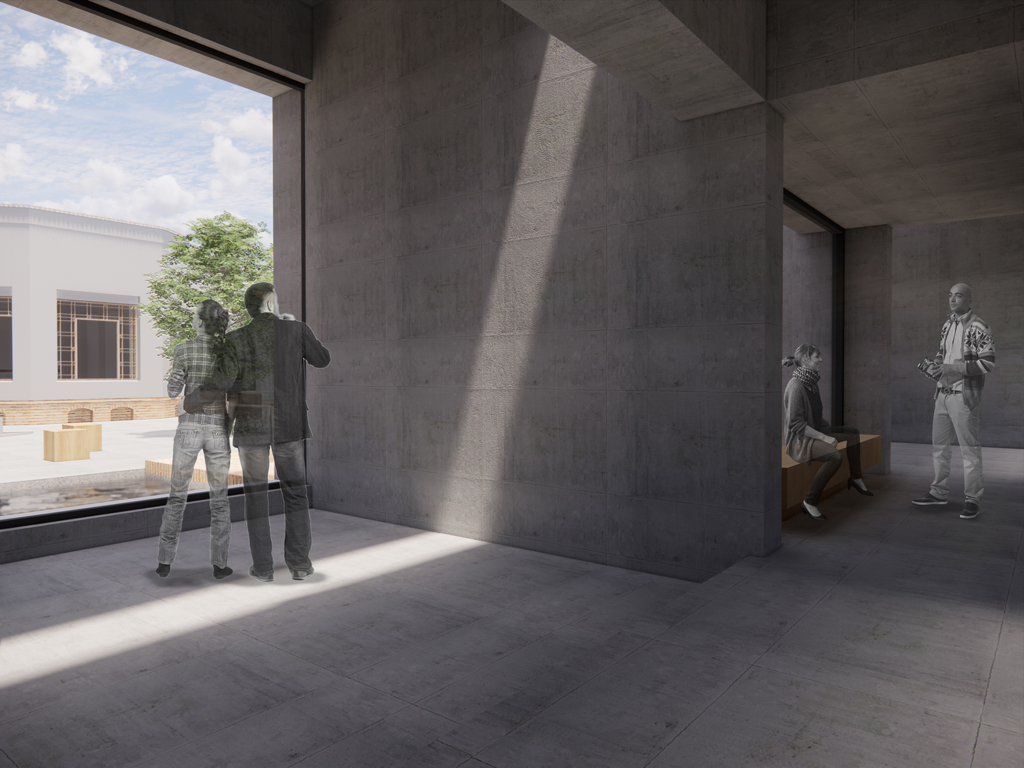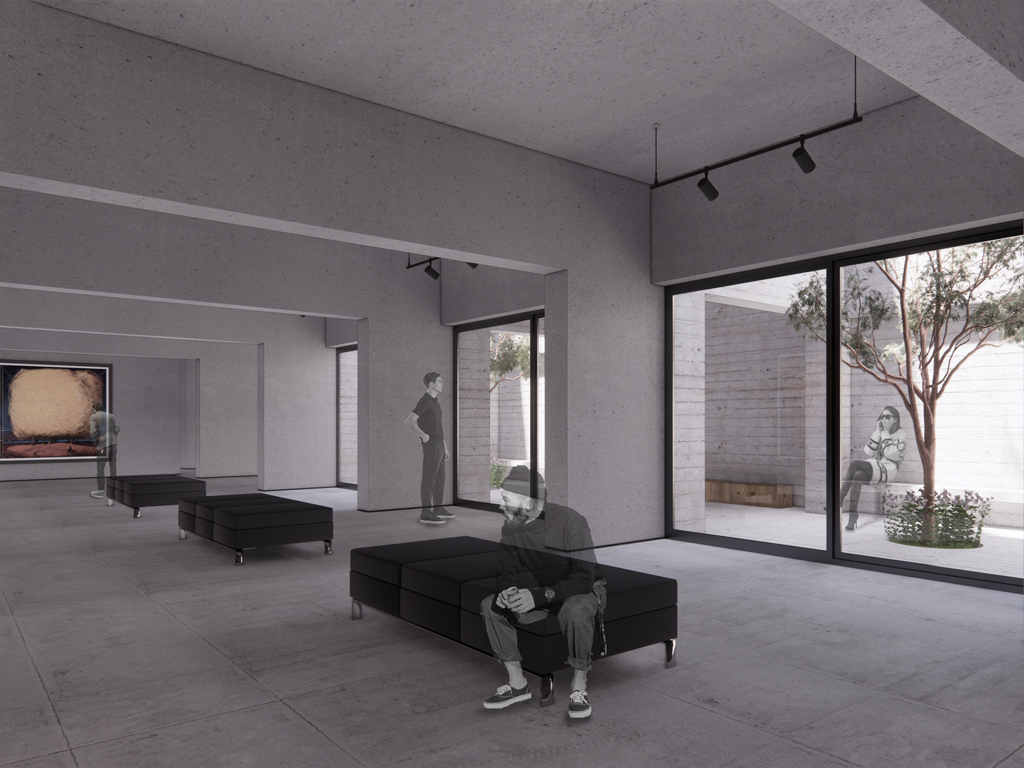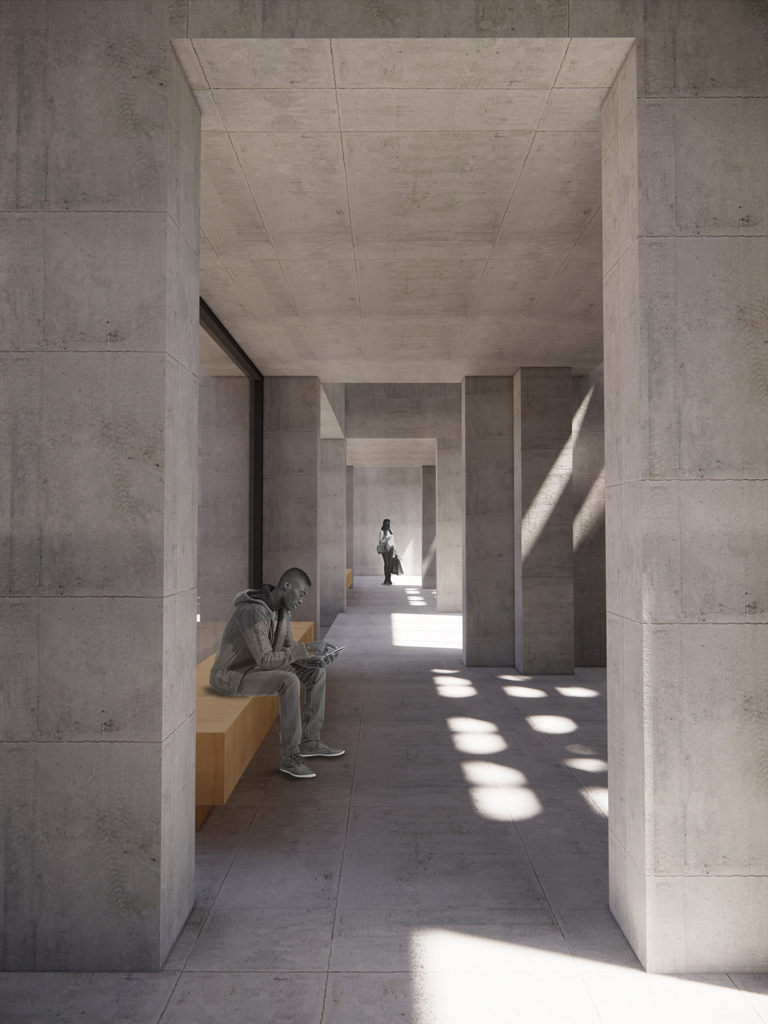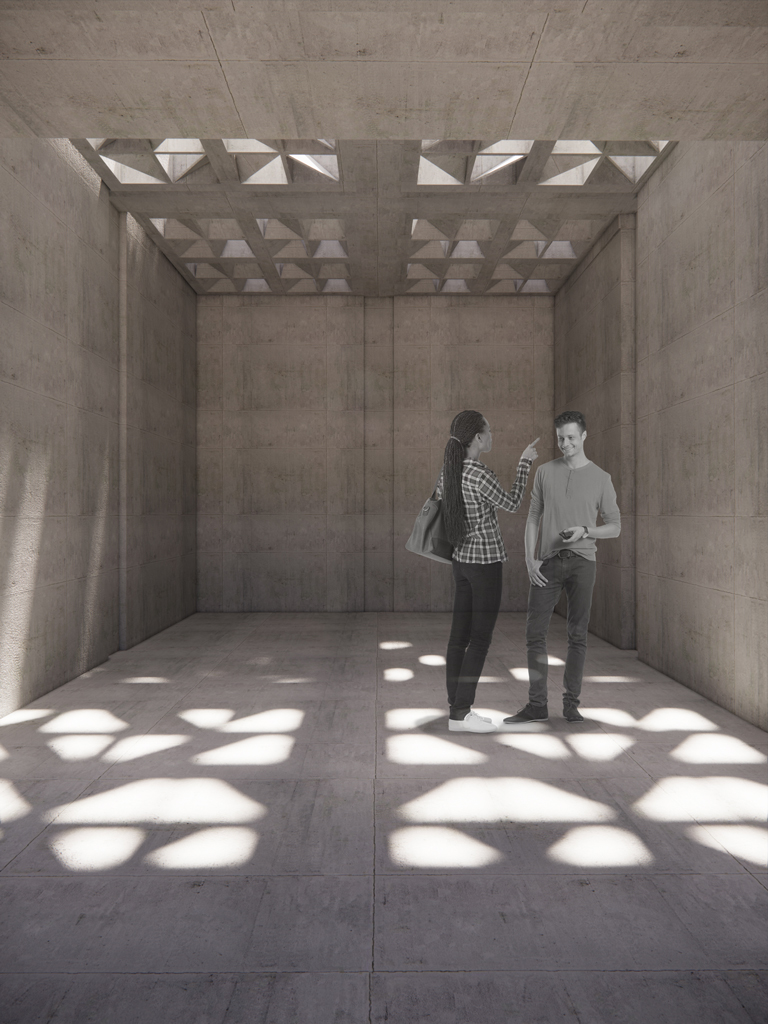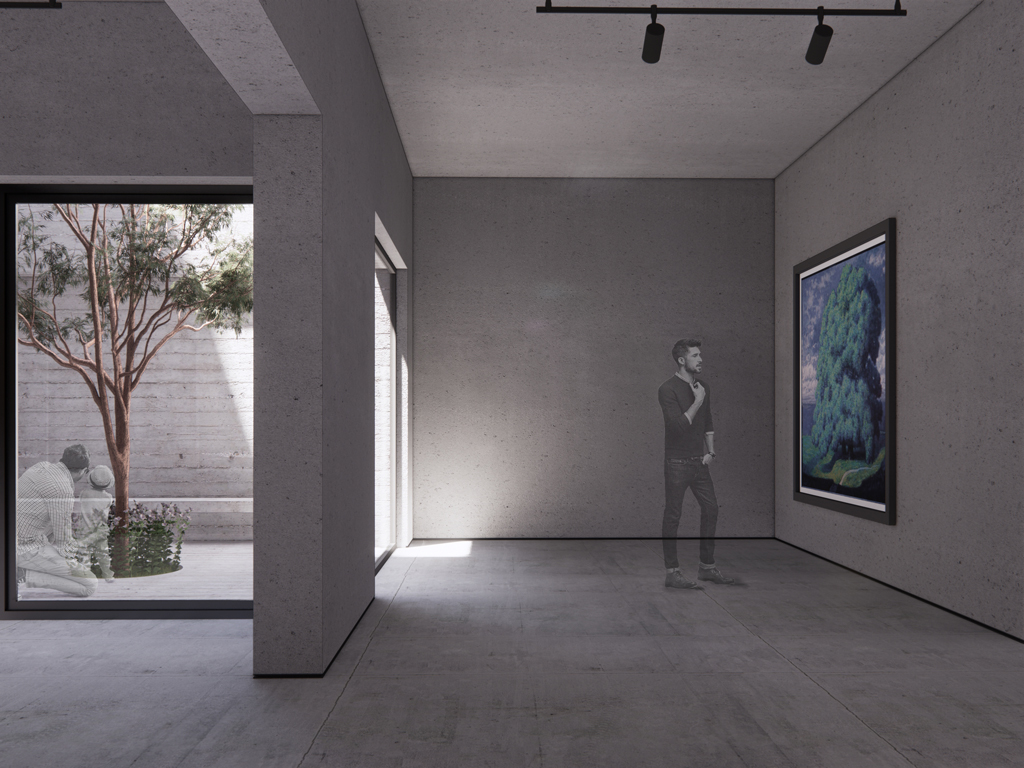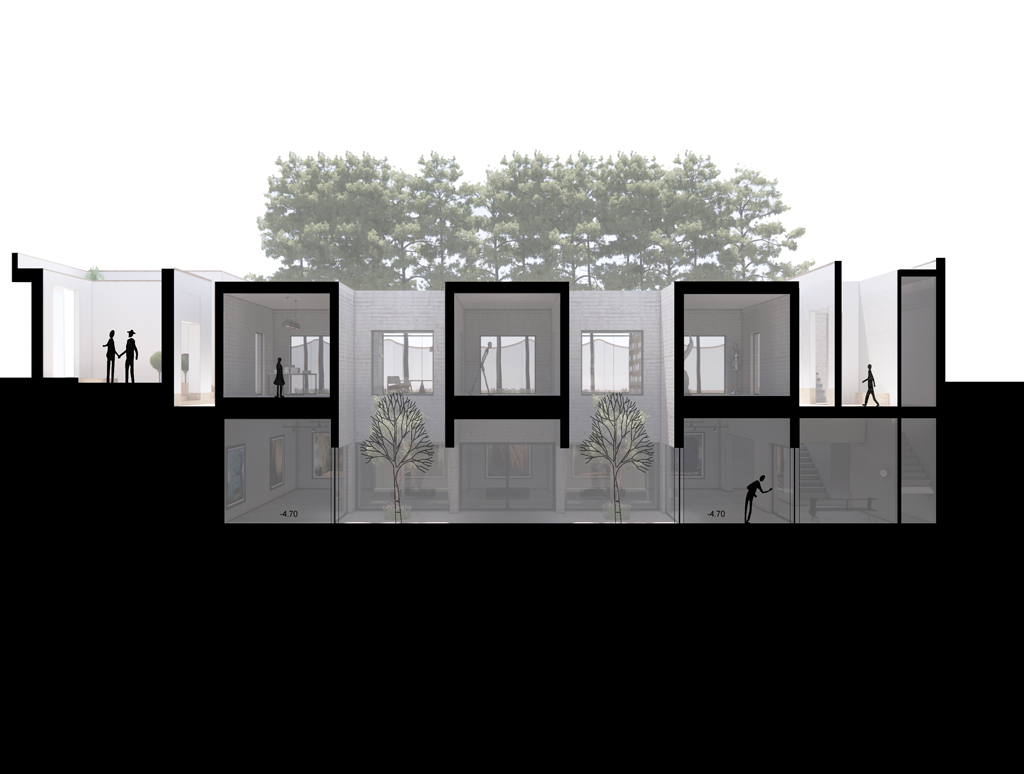During the last decade, the presence of the audience from different social levels in historical centers has increased, during the past few years, the number of cafes and restaurants around Naqsh Jahan Square in Isfahan has increased significantly.
In one hand during corona virus pandemic, the breakage of JCPOA and other universal issues the numbers of tourists in Iran were decreased; thus it is needed to address the matter first with the residence of Isfahan. On the other hand, the production of cultural spaces by urban structure and macro management has not been very successful. Now the question is, what is the role of many historic houses in the center of the city, which are converted into hotel use, in answering the above issues?
Therefore, the planning of this project is such that it can have a variety of activities together, cafes and restaurants, as spaces with economic and social functions, galleries and multi-purpose spaces for holding events and cultural and spatial activities. And workshops and art shops, where handicrafts made by the young generation in Isfahan can be presented.
The location of this project is the house of Hasan Khan Flamarzi, whose sons and grandsons are planning to revive their father’s house as it was in the not-so-distant past. The needs mentioned in the program area require the development department.
The south side of the project is a place that is full of pine trees that are older than the historical building, which has given this house a special quality, so the development part is created in the southern part in such a way that not only the trees are not damaged, but also the large yard of this complex divides in two. The northern courtyard in connection with the historical part is connected to the cafe and restaurant, and the southern courtyard, in connection with the old pine trees, is used with a special space in connection with the entrance of the gallery and art shop. The mass that divides this courtyard into two halves follows the five-part pattern of the historical section, but with minimal and brutal language, it confronts and interacts with the historical section.

